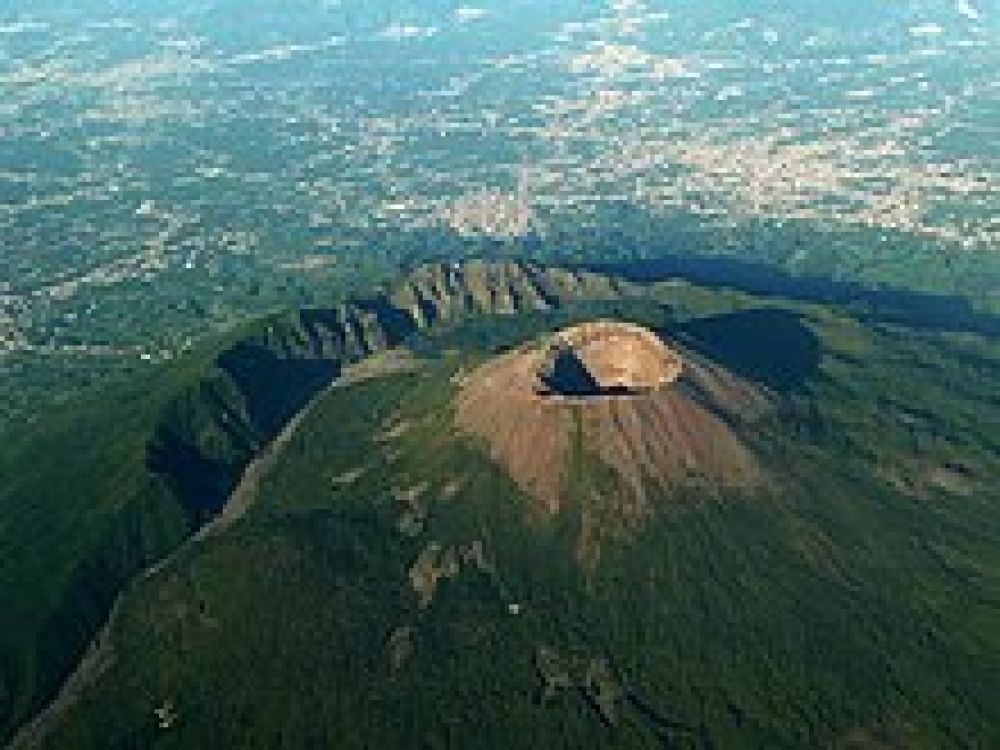

Tourism at Mount Vesuvius has a rich and varied history, attracting travelers with its dramatic landscapes, unique geological features, and its infamous eruption in 79 AD that buried the Roman cities of Pompeii and Herculaneum. Over the centuries, this iconic volcano has become one of Italy's most visited attractions, symbolizing the imposing power of nature and its effect on human civilization.
Interest in visiting Mount Vesuvius began shortly after the 79 AD eruption, as individuals sought to view the destruction firsthand. By the 18th century, as part of the Grand Tour - a cultural trip across Europe often undertaken by upper-class Europeans - Mount Vesuvius became a must-see destination. Early tourists were fascinated by the ruins of Pompeii and Herculaneum, as well as the volcano itself, which continued to exhibit activity.
In the 19th century, the Romantic movement and figures like Goethe promoted Mount Vesuvius and its surroundings as a source of sublime experiences, drawing even more attention to the area. Technological advancements in the 20th century, such as the construction of the Vesuvius Funicular in 1880 (later destroyed and replaced by a road), made it easier for tourists to ascend the volcano.
After World War II, the tourism industry in the Naples area saw significant growth as travel became more accessible to the middle class. Modern infrastructure, guided tours, and easily available public transportation have facilitated visits to Mount Vesuvius and its archaeological sites. Museums displaying artifacts from the ancient cities and the Vesuvius National Park, created in 1995, provide educational and recreational opportunities for tourists.
In recent years, sustainable tourism has been a growing trend, with an emphasis on preserving the natural environment and promoting local culture. Visitors are encouraged to participate in eco-friendly activities such as guided nature walks and cultural excursions that support the local economy without harming the ecosystem. Technological enhancements, including virtual reality experiences and interactive exhibits, have also been introduced to enrich the educational aspect of touring Mount Vesuvius.
Adventure tourism has also gained popularity, with travelers seeking out hiking trails and other active experiences on the volcano and in the surrounding national park. The demand for authentic and immersive experiences has led to an increase in agri-tourism, where visitors learn about local agriculture and enjoy traditional Neapolitan cuisine made from regional ingredients.
The history of tourism at Mount Vesuvius is a testament to its enduring appeal. From the early days of the Grand Tour to the latest sustainable and interactive tourism initiatives, Mount Vesuvius continues to be an iconic and dynamic destination for travelers from around the world.